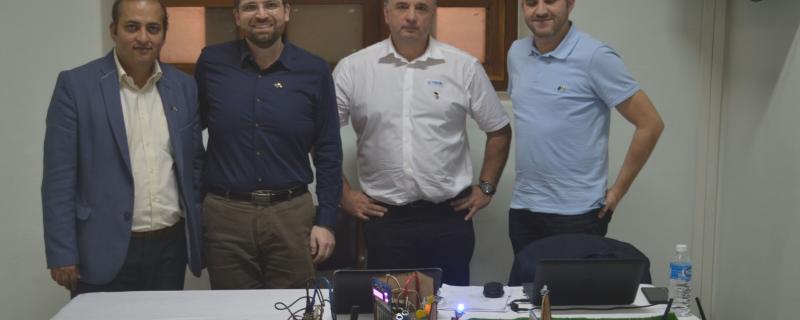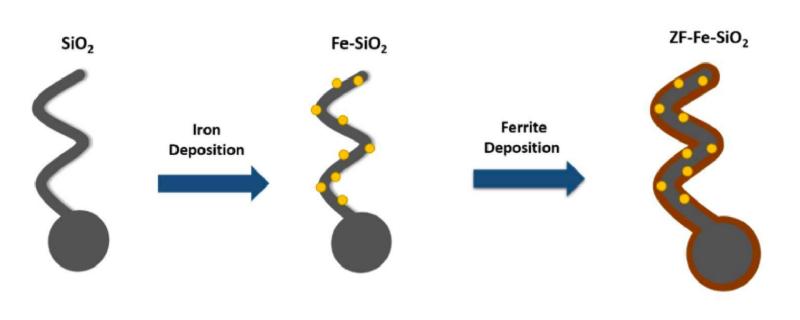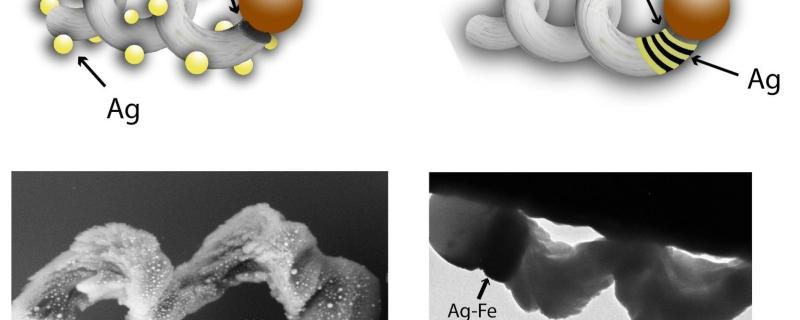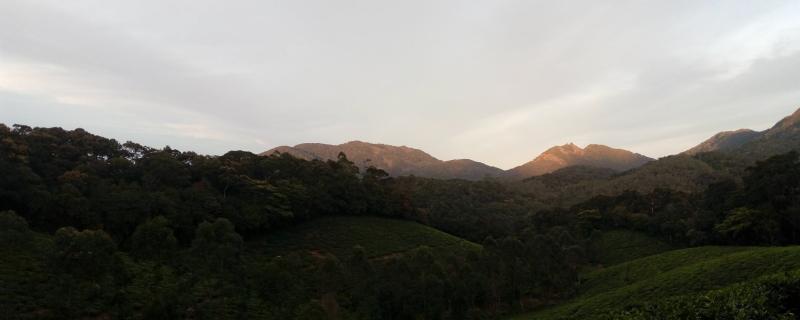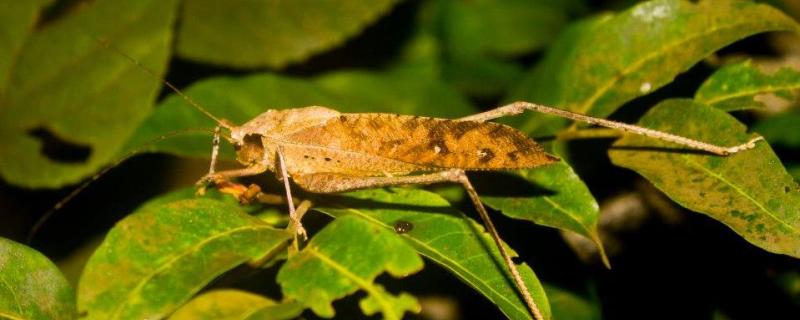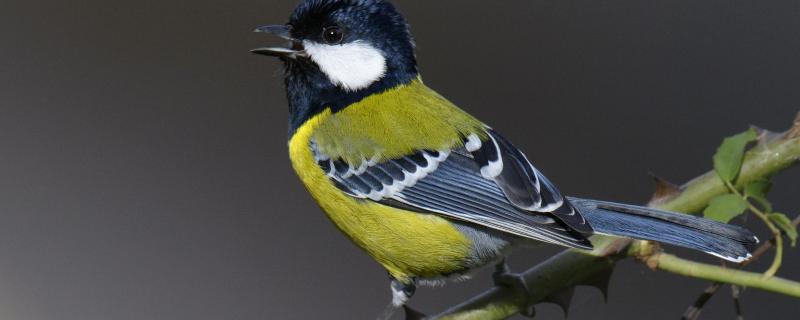The European Union delegation is organizing a hackathon for smart city applications at the Indian Institute of Science (IISc), here from today.
The hackathon aims to encourage designing new applications that a smart city could offer its citizens, its elected officials or its technical and administrative services.

